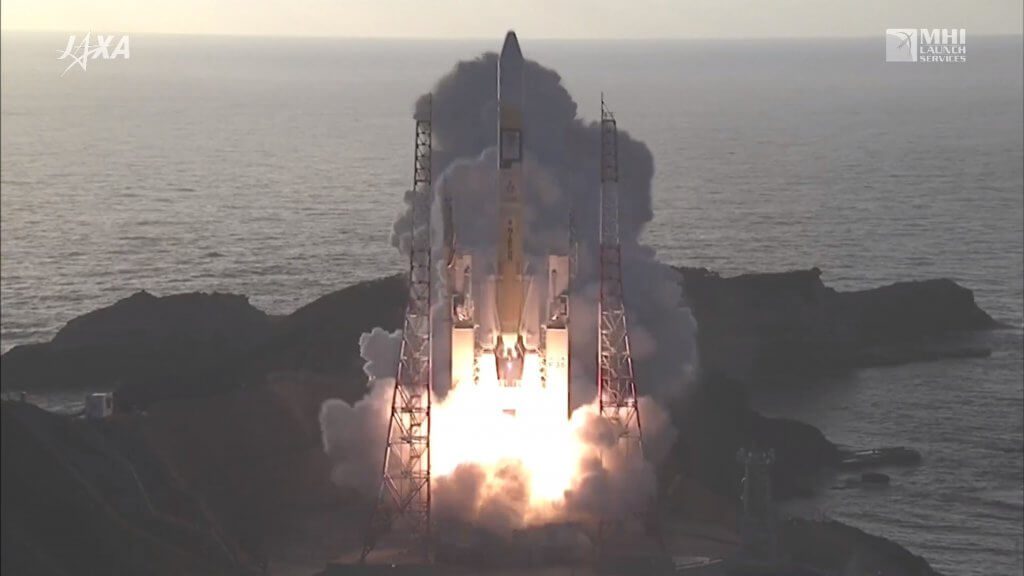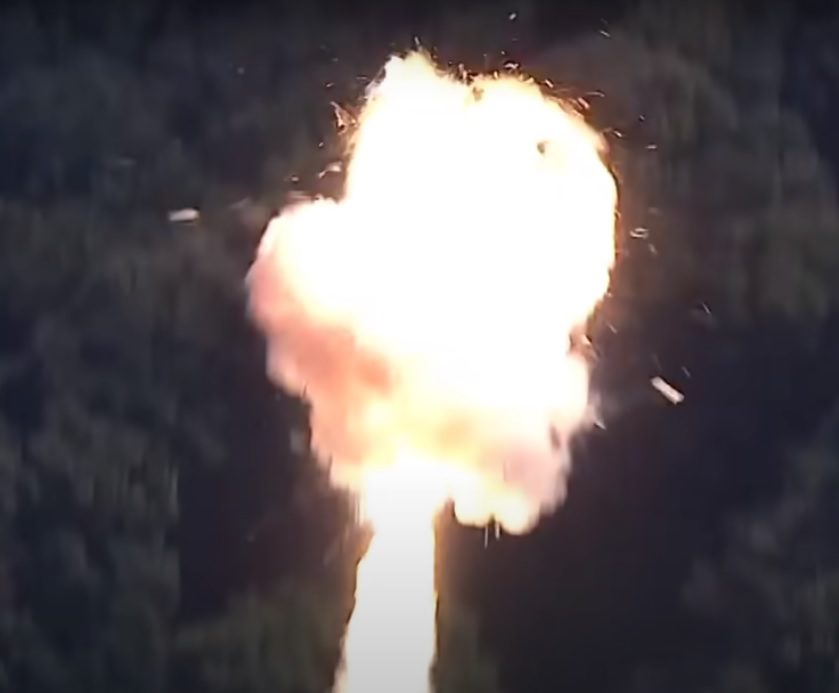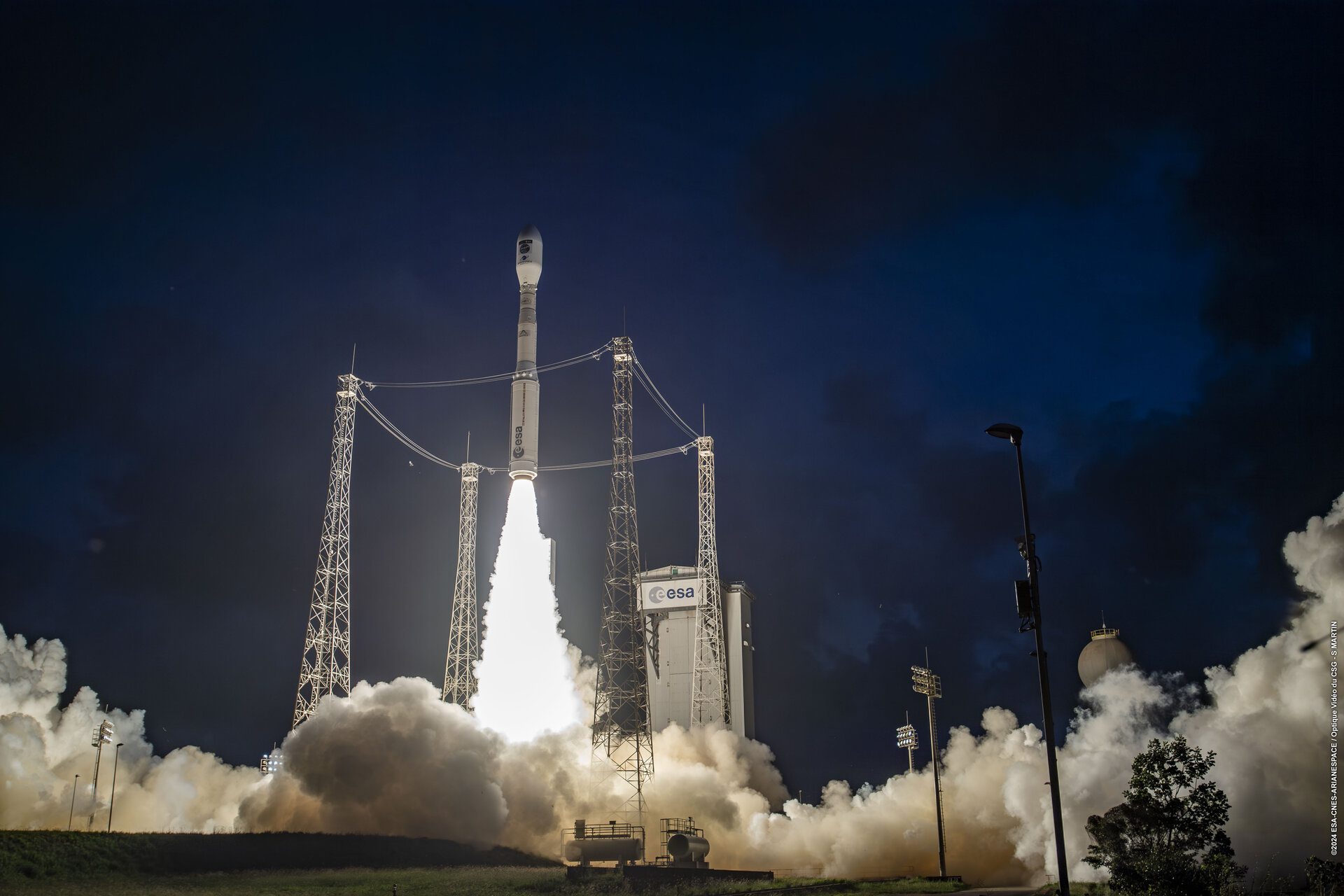In what is the third of its kind this year the 2202 GMT launch on 9 October, from the Tanegashima Space Center, Japan, sees an Mitsubishi Heavy Industries (MHI) H-2A medium-lift rocket carrying the fourth QZSS satellite, QZSS-4, into Geostationary Transfer orbit (GTO). The spacecraft will use its own on-board propulsion to reach its Geosynchronous mission orbit.

The H-2A202 rocket lifting off from Tanegashima, Japan, carrying the QZSS-4 satellite. Courtesy of JAXA
Similar launches carrying the second and third QZSS spacecraft took place in June and August of this year. This launch utilised the H-2A202 variant, in a repeat of the June mission however, the August launch had to make use of the upgraded H-2A204 variant to place the modified QZSS-3 satellite into Geostationary orbit (GEO).
The QZSS (Quasi-Zenith Satellite System) fleet is intended to augment the US Global Positioning System (GPS) signals over Japan to improve the quality of GPS reception amidst the “concrete canyons” created in the densely packed Japanese urban areas. After this spacecraft joins its sister spacecraft in-orbit Japan expects the QZSS network to be fully operational by April 2018. Each of the Mitsubishi Electric Corp (MELCO) built satellites has a 15 year design life however, the Japanese government is reportedly already planning on the introduction if replacement units to take place sometime in the 2020s.






